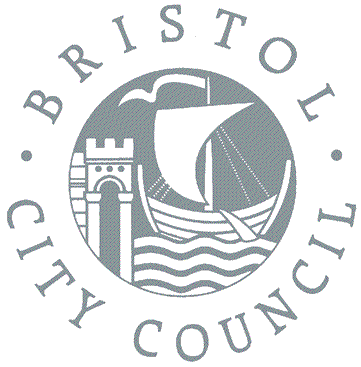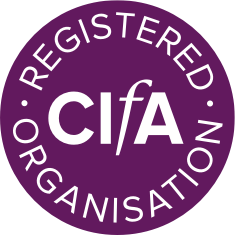St Catherine’s Court, Clifton
A program of archaeological work was carried out as part of a development for new offices at the former Waldorf School and the Chapel of St. Catherine of Sienna, located at Park Place, Clifton, in Bristol. The work revealed four phases of human activity.
The first phase was a period of quarrying and backfilling dating to the mid to late 18th century, corresponding with the records of the Society of Merchant Venturers, which refer to quarrying in the area.
During the second phase, the late 18th century, a small building was erected over the backfilled quarry and the land was returned to agricultural use.
In 1836 Farther Francis Edgeworth purchased the land in order to build a large church in the classical style, now known as the Pro Cathedral. However, he encountered a series of problems due to land slippage and by 1845 Father Edgeworth was bankrupted with the Pro Cathedral unfinished. During this time however, he did manage to build a small chapel towards the bottom of the site dedicated to St. Augustine of Canterbury. The chapel was revealed during the archaeological works, along with eighty-five burials. The burials were laid out either side of a central path running north-south, orientated so that the head stones would have been next to the path.
In 1848 a proposal was made to erect a convent and schoolhouse and a community of Dominican Nuns dedicated to St. Catherine of Sienna moved in for the final phase of the site. The convent they built was revealed during the archaeological works, as were six burials associated with the convent, including those of two Nuns, one of whom was a Mother Superior.
The site produced a wide range of artefacts, including personal items associated with the burials such as the rosary beads shown in the X-radiograph. Amongst the other personal items was an intact willow pattern plate dated to the 19th century, which had been placed on the knees of one of the deceased. As the surface of the plate bore cutlery marks, it may have been a personal favourite of that particular individual. A range of other items were also found on the site, including carapace fragments from a green turtle.

An X-radiograph of a rosary from one of the graves
All the burials have been treated with the utmost care and respect and will be reburied in a Catholic cemetery along with coffin furniture and the personal items as per the wishes of the Catholic Church.
Tags: bristol, burial, chapel, convent, post-medieval
- Categories
- Events
Excavations
Finds
Survey
BaRAS is registered as an organisation with the Chartered Institute for Archaeologists
All material © copyright BaRAS 2004 – 2016




